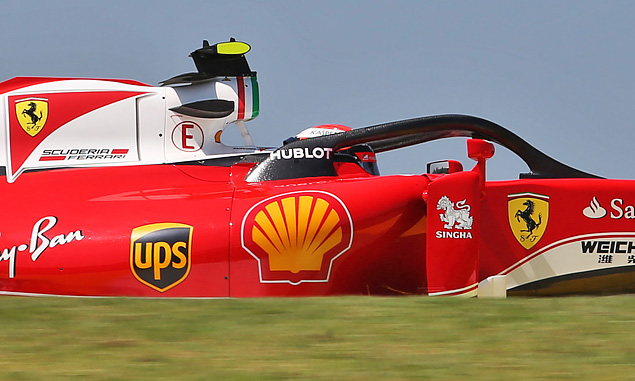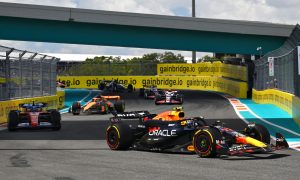
The FIA has issued a statement explaining why it has finally decided to move ahead with the introduction of the Halo cockpit protection system.
The decision has angered fans, and received only lukewarm support from teams in the Formula 1 paddock. Some leading F1 personalities such as Niki Lauda and Martin Brundle have been highly critical of the Halo.
But a statement from the FIA released on Saturday strongly defended the decision, and went on to explain the reasons behind it.
"Safety in motorsport is a paramount concern for the FIA," read the statement. "While great strides have been made in many areas of motor sport, head protection in single-seater competition has been an area of concern for many years.
"Motor sport by its nature involves risk but it is the mission of the FIA, as the sport’s governing body, to continually strive to minimise that risk through the constant pursuit of greater safety on the track through sound research and technological development.
"Over the past decade motor sport has witnessed serious incidents that affected drivers. The severity of the incidents made it clear to the FIA that developing a solution to mitigate against frontal impact in the area of the cockpit is a research priority for the FIA to address this existing weak point."
The statement pointed out that the Grand Prix Drivers’ Association has asked the FIA in July 2016 to introduce cockpit protection "as swiftly as possible”. Other approaches were investigated, but the Halo device soon emerged as the clear favourite.
The FIA statement noted that the Halo had been found able to withstand 15x the static load of the full mass of the car in car-to-car incidents.
"In car-to-environment tests, it was established that the Halo was able to prevent helmet contact with a wall or a barrier in many cases," the statement continued.
"In the case of external objects the Halo was found to successfully deflect large objects away from the cockpit environment and also demonstrated an increased net level of protection against small debris.
"Feedback from extensive track testing revealed that visibility was substantially unaffected, and there was no significant visual obstruction due to the central strut.
"Track testing also revealed no issues regarding egress from the cockpit."
The FIA did agree to defer the introduction of cockpit protection by a year to 2018. That was to allow further testing, and the development of newly emerging proposals such as the Shield.
"The Shield system was given a short track test at the 2017 British Grand Prix, with the device fitted to the Ferrari of Sebastian Vettel," the statement noted. "Feedback from this test concerned a number of limitations around such a system."
In light of these significant limitations of the Shield compared with the Halo, the FIA's Strategy Group made its decision to fulfil its commitment to introduce cockpit protection next season.
"The Halo system represents the best solution to the issue of frontal cockpit protection currently in existence," the statement asserted.
"The latest design of the Halo will now be further refined ahead of its introduction in 2018 in a joint effort between teams, drivers and FIA."
GALLERY: F1 drivers' wives and girlfriends
Keep up to date with all the F1 news via Facebook and Twitter






